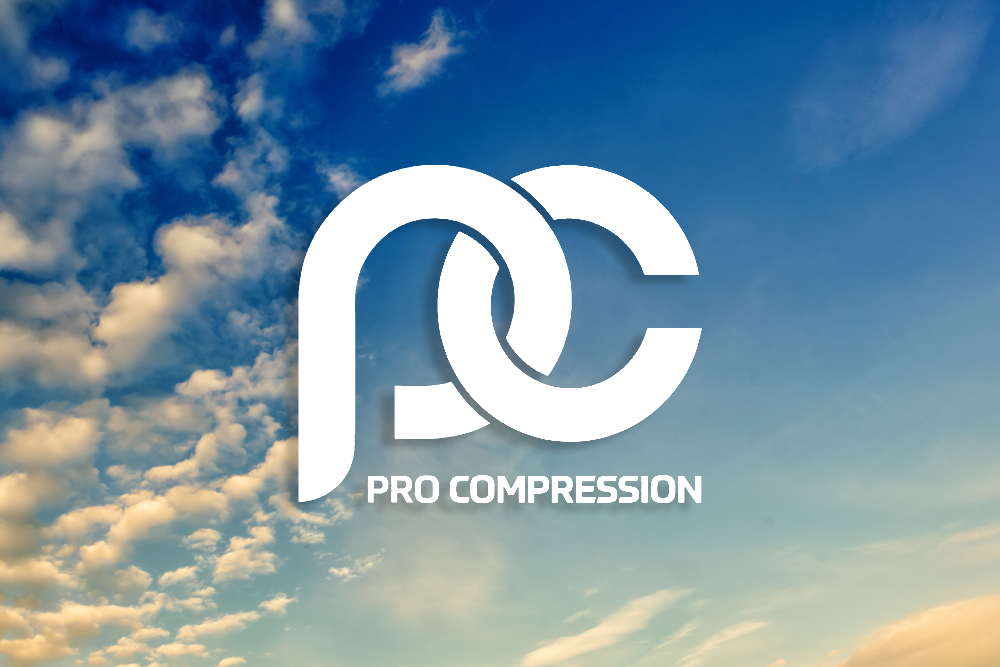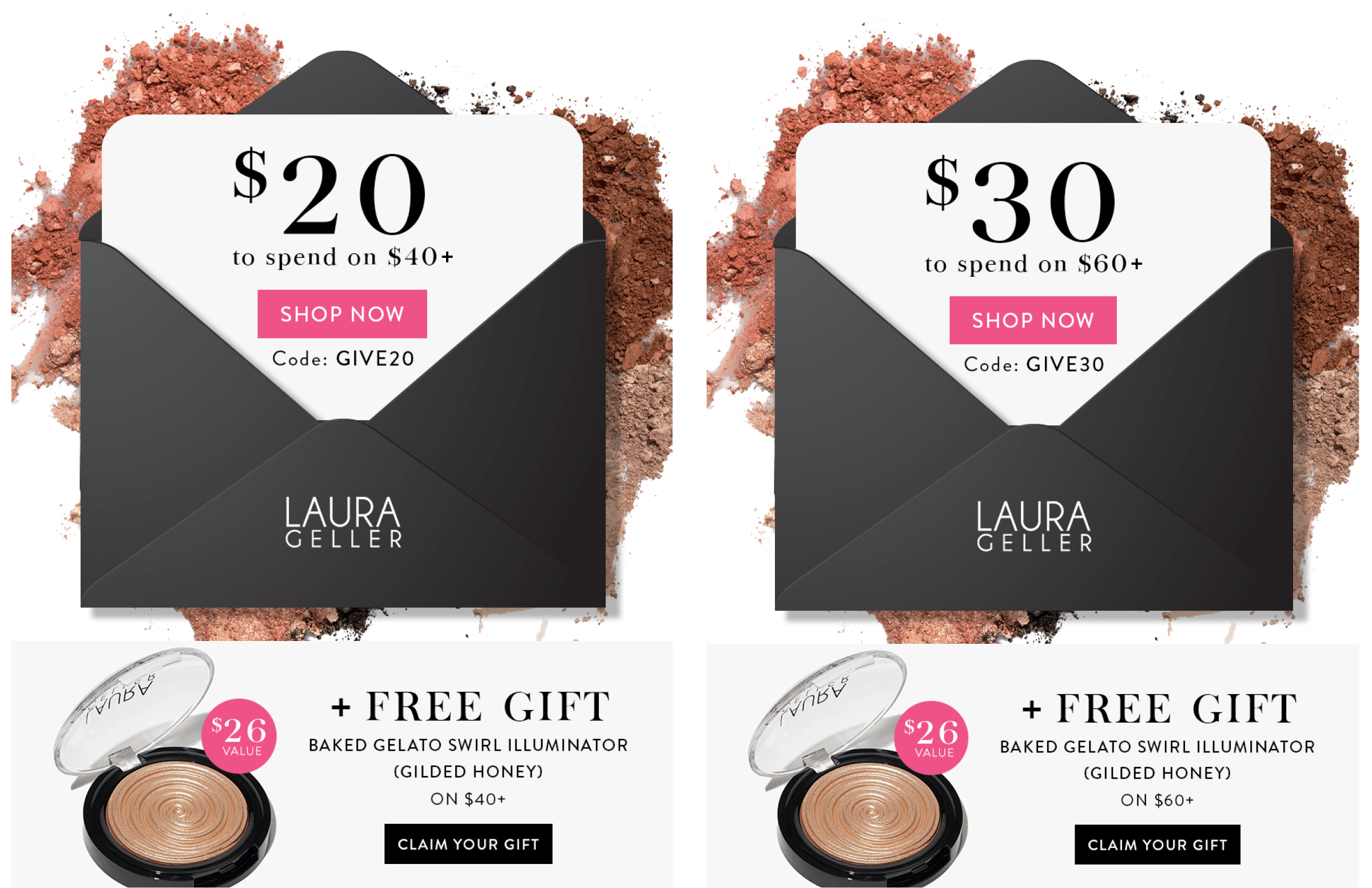Last updated: Oct 18, 2016 admin
The effectiveness of your email marketing programme is heavily influenced by the size of your opt-in subscriber base. The more opt-in subscribers you have, the more interaction and ultimately revenue you can generate.
Data collection is the single most important factor in any email marketing programme. But while buying a database from eBay might give you millions of new email addresses, it definitely won’t improve your results. Indiscriminately increasing the size of your database is a futile exercise if you’re not focused firmly on quality.
Market forces
Companies such as Groupon have recently demonstrated the value of the email marketing database. The group discount firm is currently valued at around $30bn (£18.2bn) and its revenue for 2010 exceeded $700m (£426m). This is due in large part to the size – and quality – of its email marketing database. Groupon ensures the quality of its lists by insisting that all users give contact permission before they are allowed to use the service, and clearly communicate the value of doing so. Groupon’s business model also supports data collection, based as it is on the sending of emails on a daily basis. There are definitely lessons to be learned from this approach. Before you do anything set yourself a target for the number of opt-in subscribers via your website. Ask yourself these questions. How many visitors come to your website and what percentage of those visitors are opting in? Finally, set yourself a stretch goal based on your answers. So how can you then encourage more customers to opt in to your database and give you permission to contact them?
Optimise online subscriptions
When it comes to improving the quality of your data, online is a great place to start – and optimising the subscription process can be highly effective.
Encourage opt-ins by making the subscription process as clear as possible. This re-enforces trust and gives potential customers a reason to subscribe.
When customers make a transaction, take the opportunity to encourage them to give permission to receive further marketing communications.
Drive offline customers online
Getting in touch with offline customers is often overlooked as a method of data collection. Yet this is a rich source of quality information. Collecting email permissions from offline customers – both actual and potential – opens up new and more direct channels of communication, and the appeal of using a more cost-effective purchasing method is a powerful USP.
Collect permissions at Point Of Sale, and send a follow-up email as quickly as possible.
Encourage visitors to your retail stores to provide email permission. A simple pen-and-paper approach is fine, although you can take this a step further by introducing a special kiosk, or by using iPad apps like Counter Culture (see right, left, above, below).
Your mobile apps present an opportunity to gain further contacts for your email programme.
An SMS short code gives potential customers a quick and easy way to subscribe to email communications or request more information. SMS short codes are a versatile tool, and some ESPs feature in-built functionality to make the process even simpler. They are also a great way to integrate third parties into your existing platform.
Use your online channels
Don’t forget to get the maximum value from your online activity.
Companies providing free Wi-Fi have a golden opportunity to collect data. Restaurants, hotels and even retail outlets can insist that users supply an email address as a condition of login.
Twitter, Facebook, LinkedIn and other social media can be used to feed back into your email programme. Social media sign-ups tend to be a sign of genuine interest, and give you the opportunity to make direct, regular contact with potential customers.
QR codes are an ingenious and simple way for users to access your subscription form. Just add ‘qrcode’ at the end of your shortened bit.ly link to create your own QR Code.
Don’t overload your customers
Potential customers are less likely to sign up if you ask for a whole bunch of information up front. We advise a stealth approach.In the first instance, collect the bare minimum of data.
Consider also your strategy for the next 12 months, and define your targets and potential segmentation for that period before you begin to collect more detailed information.Once these are defined and you have a clear idea of the information you’re targeting, you can start to collect data gradually over a longer period so that your requests don’t feel intrusive or time consuming.
Consider splitting your data collection into stages.Track where each new subscriber’s permission is collected to better understand each group’s interests.
Develop content and use historical click data to infer preference data.Offer incentivesOffering subscribers some value in return for their opt-in can be effective. This could be in the form of offers, information or timely reminders. And if it’s the kind of offer your company typically serves up, as opposed a one-off special, you can be reasonably certain that any future communication with that subscriber will be relevant to them.
Get your staff onsideGetting buy-in from internal staff is crucial to ensure permissions are collected from all available touch points. This means all client-facing employees. Communicating the business benefits should help sell the concept internally, while empowering staff by teaching them some of the legal implications should encourage buy-in. Attaching staff incentives to email collection can be effective, although without proper policing there is a risk that employees will focus on hitting targets without thinking about the quality of leads.
Conclusions
Email is one of the most cost-effective channels available to marketers today. Yet without a good quality database of subscribers who have opted-in to your messages, even the best creative, smartest segmentation and most generous offers will fall flat. All email marketers should be focused on growing their database, but they should never lower their guard when it comes to data quality.




